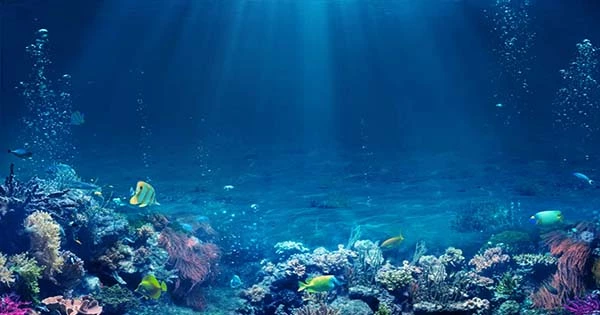Researchers conducting a massive study of the world’s seas discovered over 5,500 new RNA viruses hiding in the murky depths of the Earth. This study was published in Science and focuses on how RNA viruses affect global carbon emissions. The Tara Ocean Expedition was a global research initiative that sailed across the world’s seas between 2008 and 2011, collecting several samples of saltwater. The scientists on board studied the water and discovered that there were hundreds of thousands of DNA viruses present, as well as five unique biological zones.
With this information, the researchers conducted the largest-ever study of RNA viruses in the ocean, analyzing these samples for RNA. RNA is DNA’s molecular cousin, and RNA viruses are well-known in human illnesses. RNA viruses that cause the flu and COVID-19 are examples of RNA viruses. The scientists released another publication in Science earlier this year, identifying over 5,500 different species of RNA viruses, virtually all of which were previously unknown to science.
According to co-first author Guillermo Dominguez-Huerta, “we are definitely convinced that most RNA viruses in the ocean infect microbial eukaryotes, such as fungus and protists, and to a lesser extent, invertebrates.” Researchers focused on the role of viruses in carbon sequestration in their new work. The ocean emits a massive quantity of carbon (12 gigatonnes per year), accounting for a third of all human-caused carbon dioxide emissions each year.
This is due to the presence of a high number of virtually tiny animals known as plankton. Their carbon-filled carcasses fall to the ocean’s bottom when they die. After then, they are buried for hundreds, if not millions, of years. The biological carbon pump is the name for this process. Viruses have long been recognized as important players in the carbon sequestration process, with the potential to impact how much carbon is stored in the ocean. However, until today, the viruses in question were unknown.
Out of the 5,000 or so RNA viruses that are vital to the carbon pump, the researchers believe they have identified at least 11 of them. Researchers also created a computer model that might assist forecast how the carbon pump will behave in a certain part of the ocean based on the quantity of virus there. This model might potentially be used to update climate models, however it’s unclear how a virus can speed up or slow down the pump at the present.
In a statement, Ahmed Zayed, a co-first author of the study, stated, “The findings are crucial for model building and anticipating what is occurring with carbon in the proper direction and at the correct scale.” “As people emit more carbon into the atmosphere, we rely on the ocean’s vast buffering capability to keep climate change at bay. “We’re becoming increasingly conscious that we may need to tweak the pump at the ocean scale,” said Matthew Sullivan, one of the paper’s primary authors.
“Viruses that can adjust toward a more digestible carbon, which causes the system to develop, make more and bigger cells, and sink, would be of interest to us.” And if it sinks, we’ll be spared the harshest consequences of climate change for another few hundred or thousand years.” Another fascinating finding of this research is that certain RNA viruses in the water have “borrowed” genes from the species they have infected. This can aid scientists in identifying their hosts as well as the roles they may play in marine processes.
















